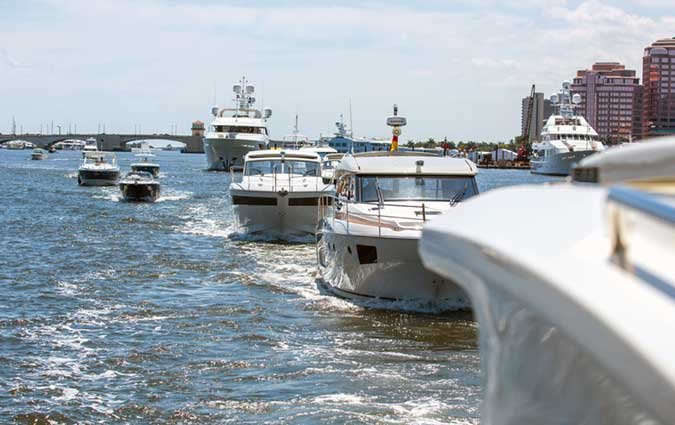
Prevent Fuel Spills
Here’s some useful tips to prevent fuel spills with your boat.
1. Make sure that you’re putting fuel into the correct tank. Insurance carriers claim that each year they get hundreds of claims from people pumping fuel into a rod holder or water tank. A easy way to prevent a fuel spill.
2. Fill tanks only to about 95% capacity to allow for expansion and sloshing as the boat moves.
3. Do not top off the tank. The boat’s movement may cause fuel to leak from the tank vent, causing pollution.
4. Use absorbent sheets or pads around the fuel pump nozzle while transferring it from the dock to the boat and while filling to prevent splashes marking boat decks and leaking into the water.
5. Listen carefully. It’s often possible to hear when the fuel is getting closer to the top of the tank.
6. Hold (or have someone else hold) a highly absorbent rag or fuel absorbent pad at the fuel tank’s air vent to absorb any spillage from the vent. Consider purchasing a fuel-vent collection device that sticks on the outside of the boat with suction cups and will hopefully collect any fuel that happens to find its way out of the vent. But if there is ANY question of this type of device adhering to the hull, have someone hold it in place.
7. Consider installing a whistle in the fuel-vent line, designed to make noise as long as fuel is flowing. As soon as the tank is full, the whistle stops, and you know it’s full.
8. Don’t let the higher pump speed catch you unaware. Many pumps at fuel docks fill at a much quicker rate than those at the local gas station to allow boats that often have large fuel tanks to fill faster.
9. Regularly check your fuel system for leaks. Not only is this a fire and explosion hazard, but if fuel leaks into the bilge, it may be pumped over the side by the bilge pump.
10. Replace the gas cap after fueling, and maintain the gaskets around the cap.